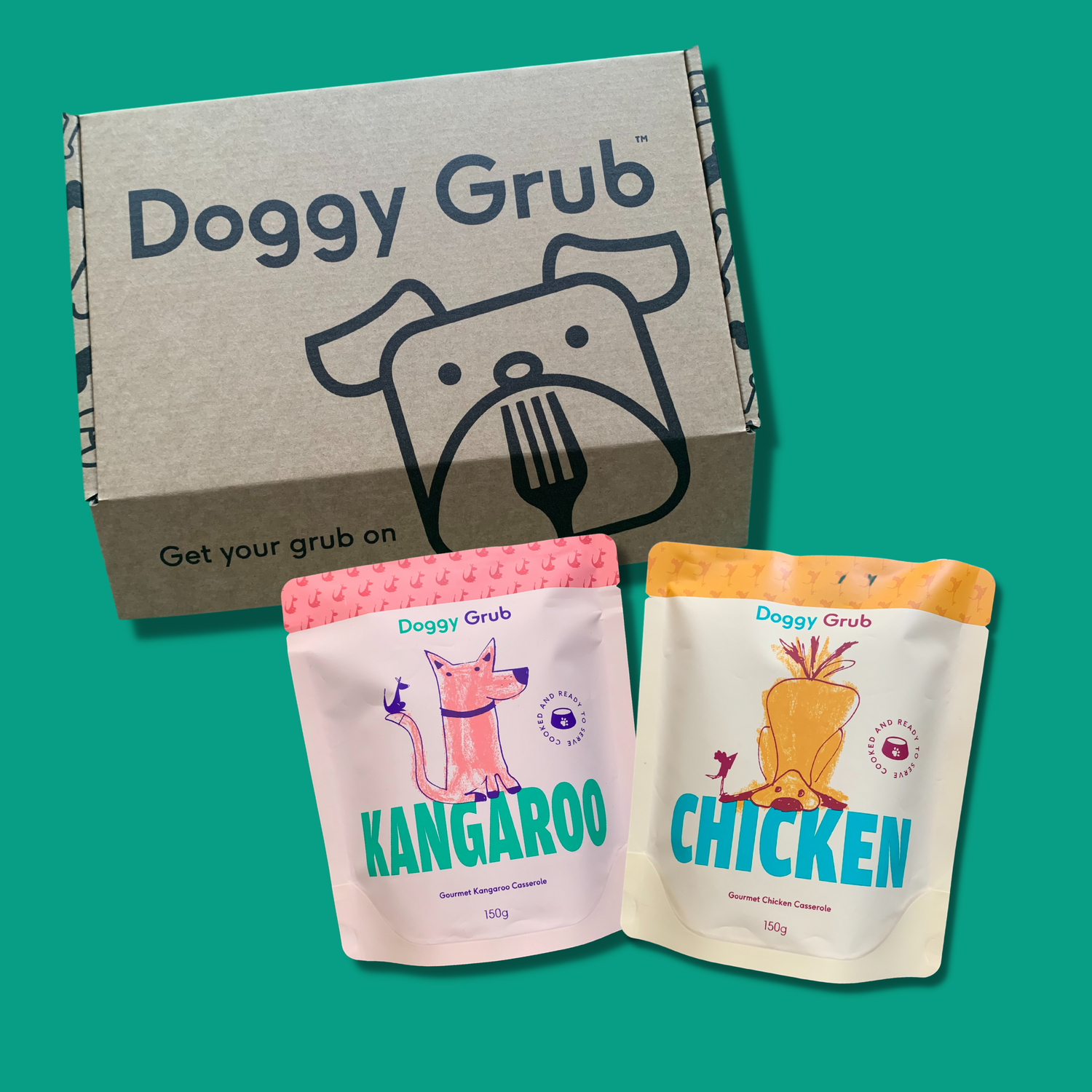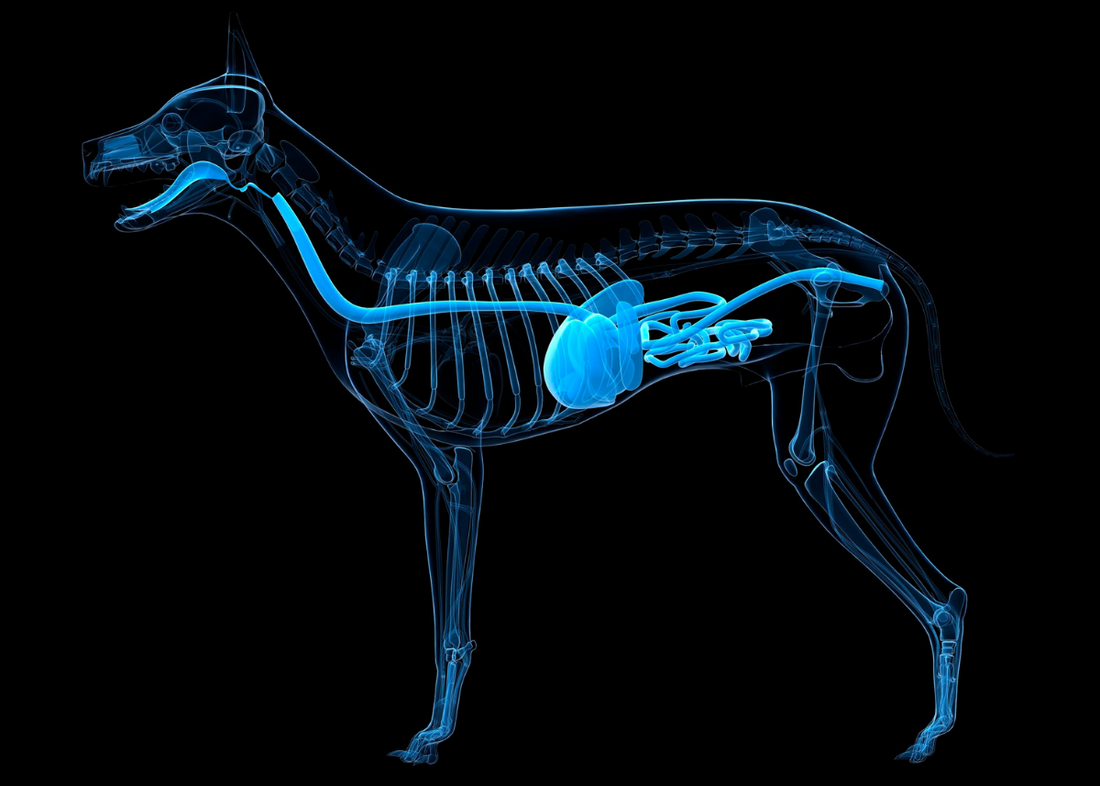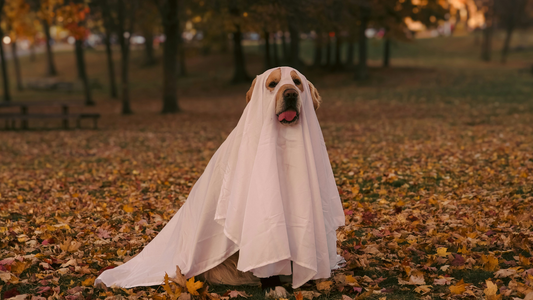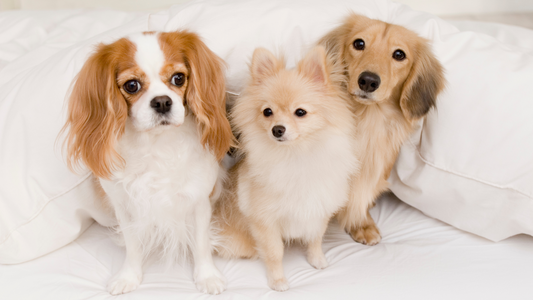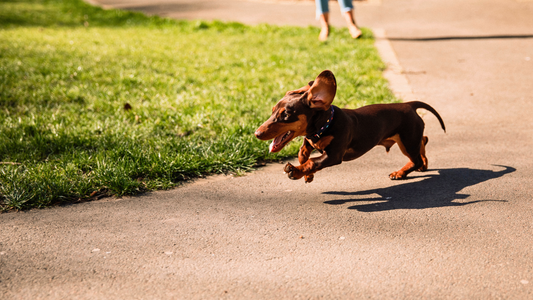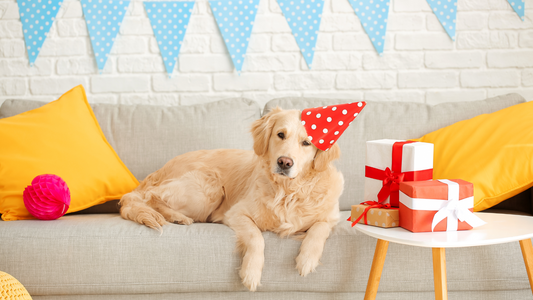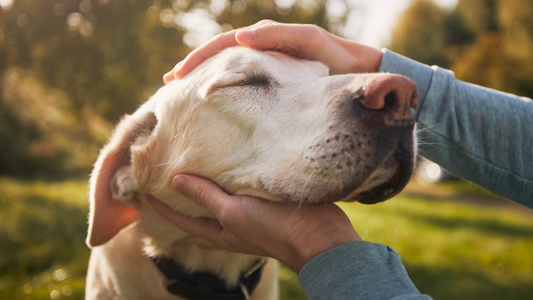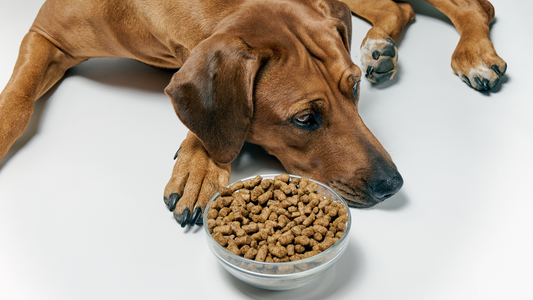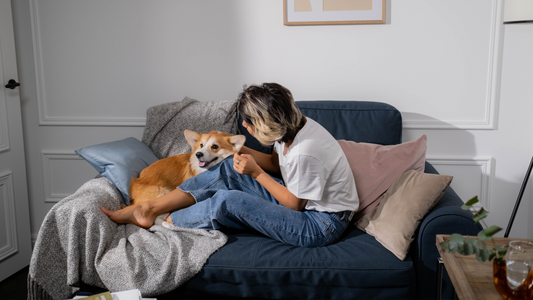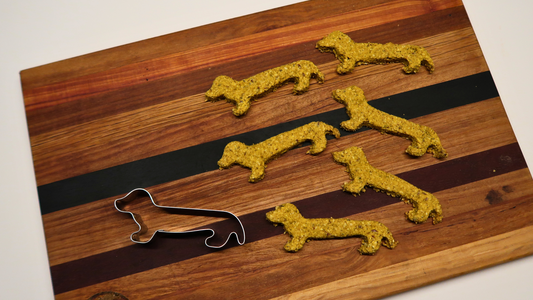Have you ever wondered what goes on inside your furry friend's tummy after they chow down on their favorite treats? Well, grab a comfy seat and let's dive into the fascinating world of dog digestion and find out how long it takes for those nom-noms to go from bowl to, well, you know where!
A Pawsome Journey Through the Digestive System
So, picture this: your pup's journey starts the moment they enthusiastically gobble up their meal. But the magic doesn't happen overnight. Their digestive system is a bit like a factory line, where each station has a special job.
Station 1: The Mouth Factory
Here's where the adventure begins! Dogs use their teeth to break down their food into smaller, more manageable pieces... well, some dogs! Most swallow their food whole, most like a vacuum.
For us humans, the saliva starts the chemical breakdown process, thanks to an enzyme called amylase, which starts breaking down carbohydrates into sugars. Dogs on the other end, don't have an amylase-rich saliva so its function is simply to lubricate and help move food down.
Station 2: The Stomach Central
After a quick journey down the esophagus, the food arrives at the stomach. Here, stomach acid and digestive enzymes work together to continue the breakdown, especially of protein. It's like a swirling hot tub of digestion!
The stomach also churns the food, creating a mushy mixture called chyme. The stomach's acidity is particularly impressive—it's like a force field that helps kill any harmful bacteria that might have hitchhiked with the meal.
Station 3: Small Intestine Avenue
After the stomach party, the chyme takes a trip to the small intestine. This is where most of the nutrient absorption happens. The pancreas adds some digestive enzymes, and the gallbladder releases bile to help break down fats. It's like a bustling bazaar where nutrients are up for grabs!
Station 4: Large Intestine Lane
As our meal's journey nears the end, whatever nutrients weren't absorbed make their way to the large intestine. Water is absorbed here, turning the mixture into a more solid form. By this point, most of the good stuff has been extracted, leaving behind mostly waste.
Final Stop: The Great Exit
And now, the moment we've all been waiting for—the "end" of the journey. Waste that wasn't needed by the body gets compacted and shaped into those familiar little packages that need to be picked up on walks. Yup, we're talking about poop!
It's the final act in this canine digestion spectacular.
So, How Long Does It Take?
Alright, drumroll, please! The time it takes for your dog to fully digest a meal can vary based on several factors like the type of food, your pup's size, and even their age. On average, though, it usually takes about 8 to 12 hours for the entire process from bowl to poop bag. For some smaller breeds, it might be quicker, while larger breeds might take a bit longer. But hey, patience is a virtue!
Digestive Dilemmas: When Tummies Throw a Pawty!
Sometimes, even the most resilient tummies can experience a hiccup in the digestion process. Just like us, dogs can encounter their fair share of tummy troubles, from the occasional upset stomach, diarrhoea & vomiting to more serious issues.
If you feel like your dog consistently experiences troubles with digestion, even after you've changed their diet, get your vet to examine them for potential health condition.
What can you do to improve your dog's digestion?
To help with your dog's digestive dance, here are a couple of things you can do:
- Feed a lean & healthy diet. Highly processed food equals slow and difficult digestion, which in turns makes your dog feel sluggish. You know that crash right after a meal?
- Use a slow feeder. If you dog is the kind that hoovers their food, invest in a slow feeder. This will prevent them from gulping down air and will help with digestion.
- Try probiotics. They help keep your dog's gut health in balance, which is important for the absorption of nutrients. A healthy dog will naturally have enough good bacteria in their gut and don't require probiotics, but you can talk to your vet and add some to their regimen following a course of antiobiotics or if you're transitioning to a new diet.
Dog digestion is like a symphony of different stages and organs working together to turn that food into energy and, well, a less glamorous outcome. So, the next time you watch your dog devour their Doggy Grub with gusto, remember the incredible journey those bites are about to embark on through their tummy factory.
Until next time, happy munching and wagging!
Want to be the first to get your paws onto the hottest topics? Subscribe to our newsletter!
--------------------------------------------------------------------
The Doggy Grub blog is dedicated to helping dogs and their owners achieve happier, healthier lives, changing the way we feed our dogs one bowl at a time! If you would like to know more about our fresh food head to Doggy Grub
